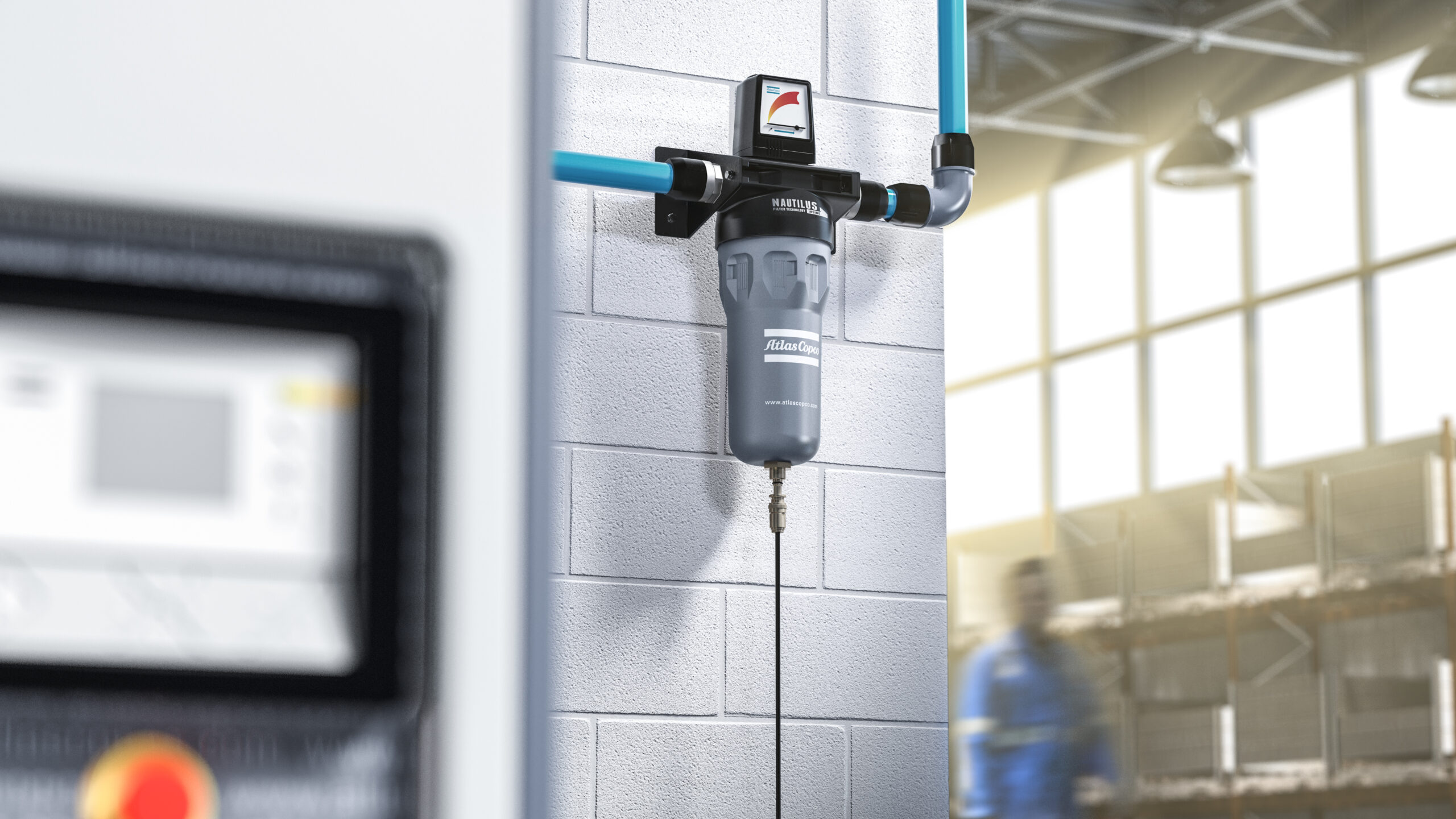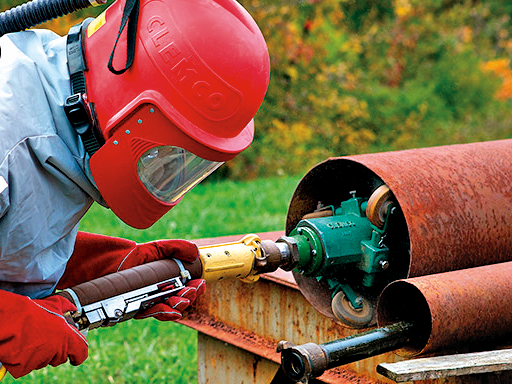Pneumatic systems are an essential part of almost every industry. To increase efficiency and safety, industrial pneumatics power a range of tools and equipment using compressed air. In this blog we’ll explore how pneumatic systems work, their advantages and some common industrial applications.
What is a Pneumatic System?
Pneumatic systems use compressed air to transmit and control energy for operating industrial equipment such as pneumatic robots and pneumatic conveying systems.
Pneumatic systems rely on key components, including:
- Air compressor: The heart of the pneumatic system, the air compressor takes in ambient air and pressurizes it, creating the energy needed to drive pneumatic equipment. Air compressors may be oil injected for general manufacturing applications or oil free for use in industries that require pure air, such as food and beverage manufacturing.
- Air filters: Filtration removes dirt, dust, oil mists and odors from the air to prevent contamination within the system and ensure compressed air quality.
- Aftercoolers: Compressing the air increases its temperature, so aftercoolers cool it down after it leaves the compression chamber. This helps reduce moisture content so downstream air treatment components do not have to work as hard.
- Water separators: Water separators remove high volumes of water from treated air to prevent moisture-induced rust and corrosion, protecting air system components and downstream equipment from damage.
- Air dryers: Air dryers remove remaining water vapors from treated air to further protect downstream equipment and boost air quality.
- Drains: Collected water will be picked up in the airflow and carried downstream unless it is removed via a manual or automatic drain.
- Air delivery components: Clean, dry compressed air is transmitted through tubes, hoses or pipes to pneumatically driven equipment.
In operation, the air compressor generates pressurized air, which is filtered, cooled, dried and stored until needed. When there is demand, treated air is transported via tubes, hoses or pipes to provide the energy that powers pneumatic equipment.
The Advantages of Industrial Pneumatics
Pneumatic systems are a mainstay in industrial applications because they provide an efficient and cost-effective form of power to a wide variety of industrial tools and equipment.
5 key benefits of pneumatic systems
| Simplicity | Pneumatic systems offer a straightforward design. They are easy to operate and maintain. |
| Reliable and Durable | Pneumatic components are durable enough to resist damage in tough industrial applications. Because there are few moving parts within the pneumatic system, they are reliable, helping to maximize uptime. |
| Cost Effective | The simplicity of design, along with the low cost of pneumatic components and system reliability make pneumatic systems an affordable solution for industrial applications. |
| Safety | Because they rely on compressed air rather than electricity, pneumatic systems can be used in flammable or explosive industrial environments. |
| Speed | Pneumatic systems can achieve the high speeds needed to operate fast-moving industrial equipment. |
Applications for Industrial Pneumatics
Pneumatic systems provide simple, reliable and cost-effective solutions in many industries and applications. Here are a few examples, by industry.
Material Handling
In almost all industries, material handling is used to move bulk goods from one place to another. Pneumatic conveying is used to move solid materials. Powders, granules or materials that must not contact the outside environment and, therefore can’t be moved via open-air conveyors, use pneumatic systems to move these sensitive materials through enclosed piping systems using vacuum pressure.
Packaging and Filling
Pneumatic robots and pneumatic filling systems are used for ingredient dispensing and bottling beverages, pharmaceuticals and cosmetics. Pneumatic systems may also be used for cleaning packages prior to filling. And, pneumatic systems often operate pallet loading and unloading equipment in packaging operations.
Food and Beverage Manufacturing
To help maintain compliance with regulatory and safety mandates for clean, dry air, pneumatic systems are used throughout the food and beverage industry. Pneumatic robots may be used to cut, dice and dispense products. Pneumatic conveying may be used on packaging and bottling lines and for material handling.
Auto Shops and Automotive Manufacturing
Pneumatic robots may be used during the manufacture of automobiles, as well as for welding applications in this automotive manufacturing. Pneumatic systems are used for painting vehicles and filling tires in auto manufacturing and auto shops. And, pneumatic systems operate pneumatic tools, such as drills.
General Manufacturing
Pneumatic conveying systems are used throughout the manufacturing industry, as is pneumatic stamping, drilling and punching equipment. Pneumatic robots equipped with pneumatic end-of-arm tooling may be used for assembly, inspection, pick and place and other operations.
Get Expert Help with Your Pneumatic System
While pneumatic systems offer simple designs, the help of an expert is always a good idea when specifying pneumatic components or designing a pneumatic system. At HTE, we are here to help tailor a reliable, cost-effective and safe pneumatic solution that meets the needs of your application. Contact us today.


